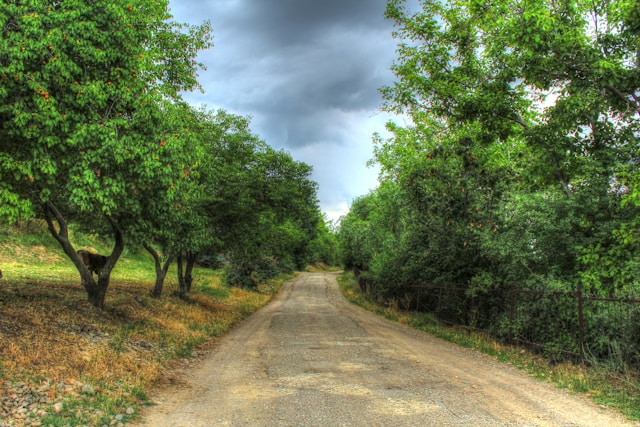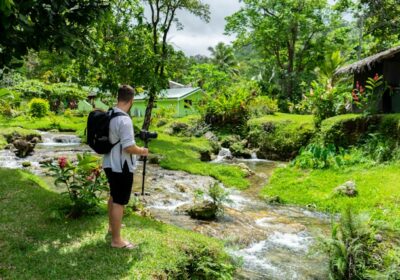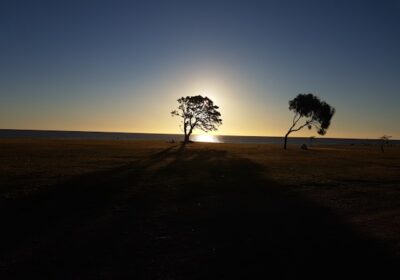Discovering Uzbekistan: A Journey Through Central Asia’s Cultural Heart
Uzbekistan, a key player on the ancient Silk Road, is a land of vibrant history, stunning architecture, and rich cultural heritage. Located in Central Asia, this country offers a unique blend of historical sites, beautiful landscapes, and traditional experiences. Here’s an in-depth guide to exploring the wonders of Uzbekistan.
Tashkent
The capital city of Uzbekistan, Tashkent, is a bustling metropolis with a mix of Soviet-era architecture, modern developments, and rich cultural sites.
- Khast Imam Complex: A significant religious and historical site housing the famous Uthman Quran, one of the oldest and most valuable copies of the Quran in the world.
- Chorsu Bazaar: A vibrant market where you can experience local flavors, shop for traditional goods, and immerse yourself in Uzbek culture.
- Tashkent Metro: Known for its beautifully decorated stations, offering a glimpse into the city’s architectural flair and history.
Samarkand
Samarkand, one of the most famous cities of the Silk Road, is renowned for its stunning Islamic architecture and historical significance.
- Registan Square: A magnificent architectural ensemble consisting of three grand madrasahs (Islamic schools) with intricate tilework and towering minarets.
- Shah-i-Zinda: A necropolis featuring a series of beautifully decorated mausoleums and tombs of prominent figures from the Timurid era.
- Bibi-Khanym Mosque: Once one of the largest mosques in the Islamic world, known for its imposing size and elaborate tilework.
Bukhara
Bukhara, another Silk Road gem, is renowned for its well-preserved historical architecture and vibrant cultural heritage.
- Ark Fortress: A massive, ancient citadel that served as the royal residence and administrative center of Bukhara for centuries.
- Bolo Haouz Mosque: Known for its beautiful wooden pillars and intricate decoration, located near the old city’s main square.
- Samanid Mausoleum: An early example of Islamic architecture, considered one of the oldest and most important mausoleums in Uzbekistan.
Khiva
Khiva is an ancient city that offers a glimpse into the past with its well-preserved old town, known as Itchan Kala.
- Itchan Kala: The old city, surrounded by ancient city walls, is a UNESCO World Heritage Site filled with historic buildings, narrow streets, and vibrant marketplaces.
- Kalta Minor Minaret: An unfinished minaret known for its striking blue tiles and unique design.
- Palace of the Khans: A grand residence with ornate decoration and historical significance, showcasing the opulence of Khiva’s ruling elite.
Natural Wonders
Aral Sea
The Aral Sea, once one of the largest lakes in the world, has been severely affected by ecological changes, but it remains an area of interest for its dramatic environmental transformation.
- Muynak: A former port city on the shores of the Aral Sea, now a ghost town with rusting shipwrecks and a stark reminder of environmental change.
Nuratau Mountains
Located in the central part of Uzbekistan, the Nuratau Mountains offer beautiful landscapes and opportunities for outdoor activities.
- Hiking and Trekking: Explore the rugged terrain, enjoy breathtaking views, and experience the natural beauty of this region.
- Local Villages: Visit traditional villages to learn about local customs, agriculture, and the way of life in rural Uzbekistan.
Cultural Experiences
Uzbek Cuisine
Uzbek cuisine is a delicious reflection of the country’s cultural diversity, featuring hearty and flavorful dishes.
- Plov: A traditional dish made with rice, meat, carrots, and spices, often considered the national dish of Uzbekistan.
- Samsa: Savory pastries filled with meat, onions, and spices, typically baked in a tandoor.
- Lagman: A noodle dish with vegetables and meat, seasoned with a rich and aromatic sauce.
Traditional Crafts
Uzbekistan is renowned for its traditional crafts, including:
- Suzani Embroidery: Intricate textile art featuring vibrant patterns and designs, often used in traditional clothing and home decor.
- Ceramics: Handcrafted pottery and tiles, known for their vivid colors and elaborate patterns, especially in cities like Samarkand and Bukhara.
- Silk Production: Traditional silk weaving and production, a legacy of the Silk Road’s influence on Uzbekistan.
Practical Tips for Visitors
Best Time to Visit: The best time to visit Uzbekistan is during the spring (April to June) and autumn (September to October) when the weather is mild and pleasant. Summer can be very hot, especially in the desert regions.
Getting Around: Uzbekistan has a well-developed transportation network, including domestic flights, trains, and buses. Taxis and ride-sharing apps are also available in major cities.
Accommodation: Uzbekistan offers a range of accommodation options, from luxury hotels and boutique guesthouses to budget hostels and traditional yurts in rural areas.
Language: Uzbek is the official language, but Russian is also widely spoken, especially in major cities and tourist areas.
Currency: The local currency is the Uzbek som (UZS). It is advisable to carry cash, as credit card facilities may not be available in all areas.
Reflection and Farewell
Uzbekistan, with its rich history, stunning architecture, and vibrant cultural traditions, offers an unforgettable travel experience. From the ancient cities of Samarkand and Bukhara to the natural beauty of the Nuratau Mountains, Uzbekistan promises a journey filled with discovery and wonder.
Plan your visit to this fascinating Central Asian country and explore the wonders that make Uzbekistan a hidden gem of the Silk Road.






Leave feedback about this